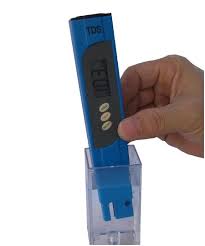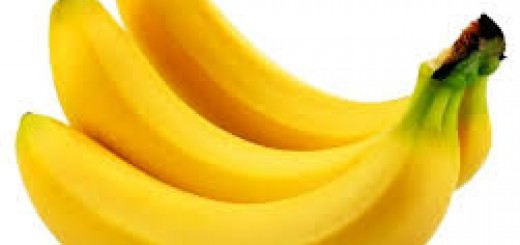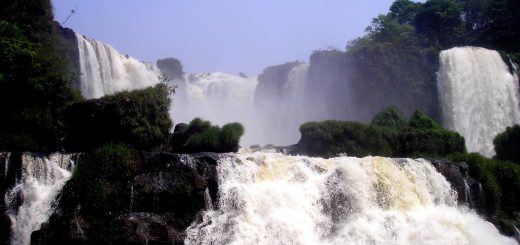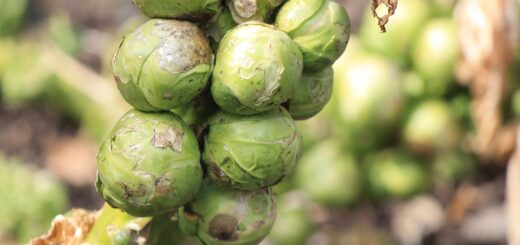What points should be considered before buying a RO purifier ?
A RO purifier offers a higher level of purification, but whether this enhanced purification capability is required depends on the quality of drinking water supplied to your home.
Therefore, before choosing which water purifier to buy, you should ask a qualified person to come home and check the quality of your water supply.
If the TDS in your water supply exceeds about 150 PPM, then it is advisable to install a RO-based water purifier. If not, then you are better off buying a standard UV-based water purifier.
Also, don’t forget to check the water pressure at your house. If the inlet water pressure is below the stipulated level for the purifier, you may need a pump as explained above.
Normally, technicians of water purifier manufacturers are qualified to check the water quality and pressure with specialised equipment. So you can fix an appointment with any well-known water purifier manufacturer, and their technicians will come home, do the preliminary analysis and suggest the right type of purifier for your case.
Before choosing which water purifier to buy, you should check the TDS level of your water supply using a TDS meter, as shown below.
Based on the TDS level of your water supply, you can decide to go for a UV or RO purifier as explained:
- If the TDS is less than 150 ppm, a UV purifier is enough to ensure good quality water.
- If the TDS is between 150-300 ppm, a UV purifier is still quite adequate, although a RO purifier will enhance the taste of water.
- If the TDS exceeds 300 ppm, then it is recommended to install a RO-based water purifier although not mandatory.
- If the TDS exceeds 500 ppm, which is the upper limit set by the Bureau of Indian Standards (BIS) for safe drinking water, then it is strongly recommended to get a RO-based purifier.
Important Specifications of a RO Water Purifier
There are some important specifications to keep in mind when purchasing a RO water purifier. These are:
- Number of purifying stages: Based on your needs, you can either go for a RO-only purifier, a RO+UV purifier, or a RO+UF+UV purifier, with additional pre- or post-filtration stages as necessary.
- Storage Tank capacity: RO filtration is a slow process, which is why most RO purifiers provide a built-in storage tank. A tank size of 7 to 9 litres is common and should be adequate.
- Flow Rate and Duty Cycle: If heavy usage is likely, it is necessary to check the flow rate, i.e. the rate at which the purifier can deliver filtered water. It is also important to know the maximum amount of water that can be purified in a day, called the duty cycle. These are indicated in units of liters per hour/day.
Lastly, as with any product, please remember to check the product reviews, the quality of after-sales service and availability of spares before narrowing down on any specific model.
Pros and Cons of RO Technology
Pros:
- Clean & effective: Delivers far more effective purification for water with high levels of TDS and impurities, and does so without the use of chemicals.
- Removes all impurities: Apart from dissolved solids, it can also remove pesticides, metals and chemicals which contaminate water.
- Multi-stage purification: Multiple stages can be chosen based on need and can effectively filter out both living and non-living impurities, remove odors, enhance taste, etc.
- Energy efficient: RO filtration does not require electricity (although other components such as the UV lamp or pump require it).
Cons:
- Excessive water wastage: For every liter of water that is purified, about 2-3 liters of water are discharged as “waste”. The good news is that this water can be used for mopping the floor, watering the plants, washing utensils and the car, etc.
- Can remove essential minerals: Natural drinking water contains some essential minerals like Calcium, Magnesium and Potassium which are good for the body. When using a RO purifier, do ensure that the output TDS level does not dip below 30-40 ppm so that some minerals are retained. This can be done using a TDS controller which comes built into most models.
- Expensive: Being a relatively new technology, and because of the multiple filtration stages, RO water purifiers are currently quite expensive. A good RO water purifier can cost 2 to 4 times as much as a good UV water purifier.





















